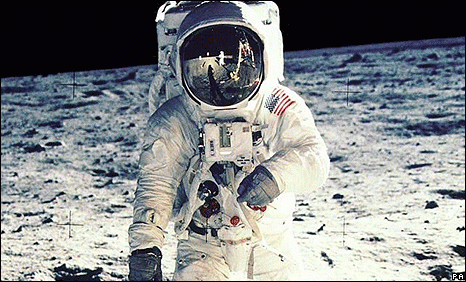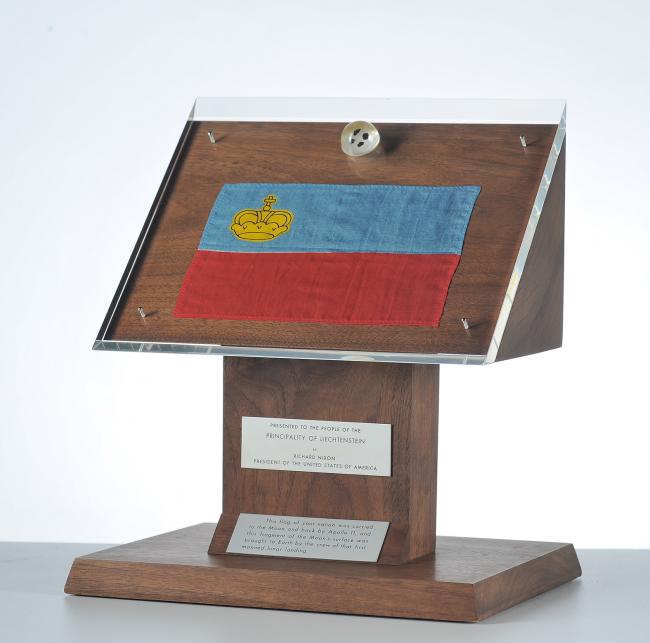On July 20, 1969, a collective dream became reality, with a footprint symbolizing this achievement. On that day, a human set foot on the moon for the first time. The limits of what seemed possible were now redefined.

When the ambition was set by President John F. Kennedy to send a man to the moon and return him safely back to earth, many people helped to make this dream come true. Thousands of engineers and technicians throughout all disciplines and countries were involved. Unbeknownst to some Liechtenstein also contributed to this monumental endeavor.
The Liechtenstein flag was carried on Apollo 11's 1969 flight, which landed the first two humans on the moon, as well as on 1972’s Apollo 17 moon flight, the last of the Apollo missions. This was done in recognition of the help provided to NASA by the Liechtenstein company Balzers AG. The company, which specializes in vacuum technology, had revolutionized a process of creating ultra-thin and incredibly light protective coatings which were used on the lunar modules of both missions to help shield the astronauts and their instruments from dangerous cosmic rays. The technology is still used today in many applications, including on modern-day satellites and even your UV-protected sunglasses. Lunar rocks, and the Liechtenstein flags taken on those missions, were given to Liechtenstein by President Nixon as a token of gratitude, which are now on display at the National Museum in Vaduz.

